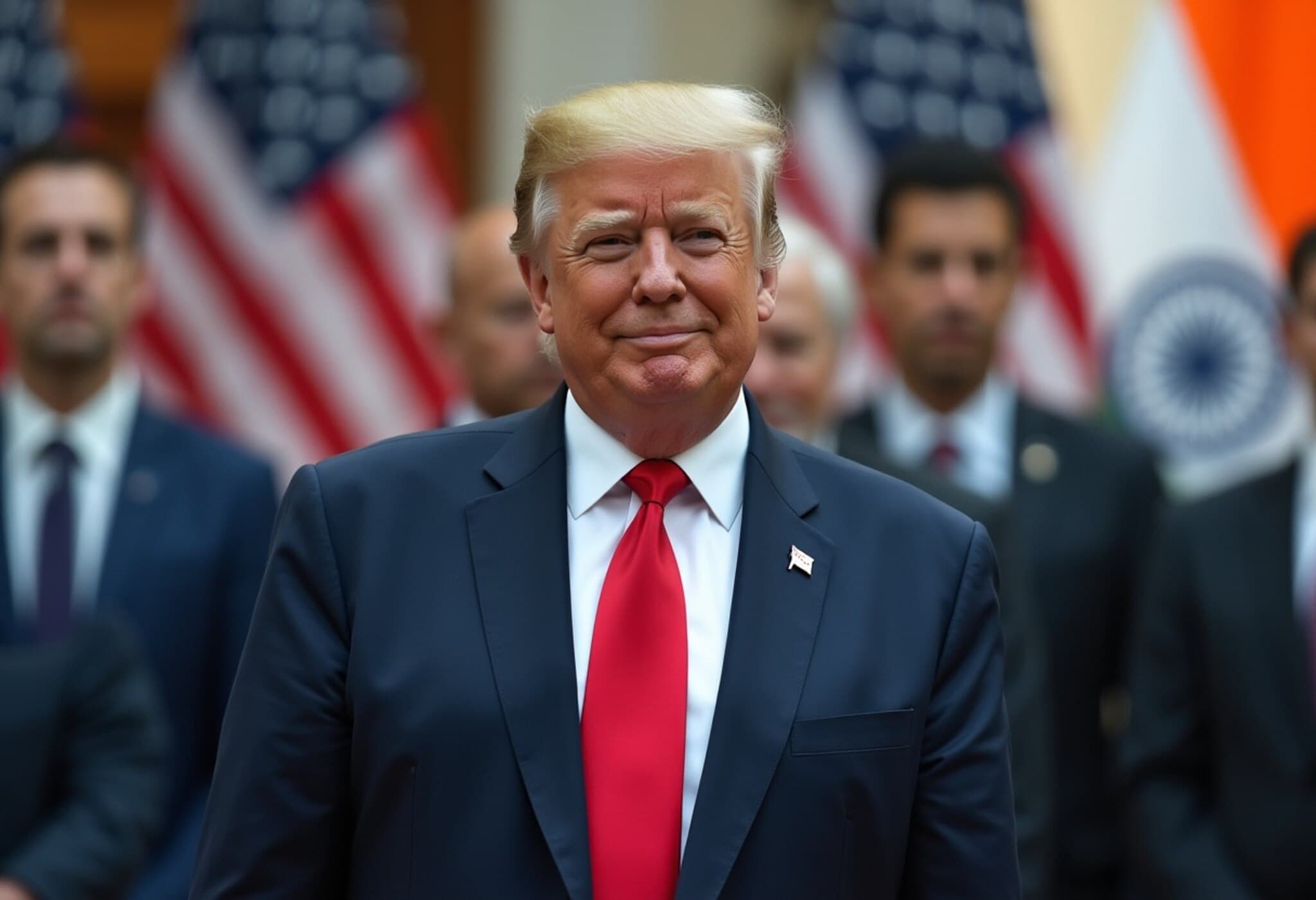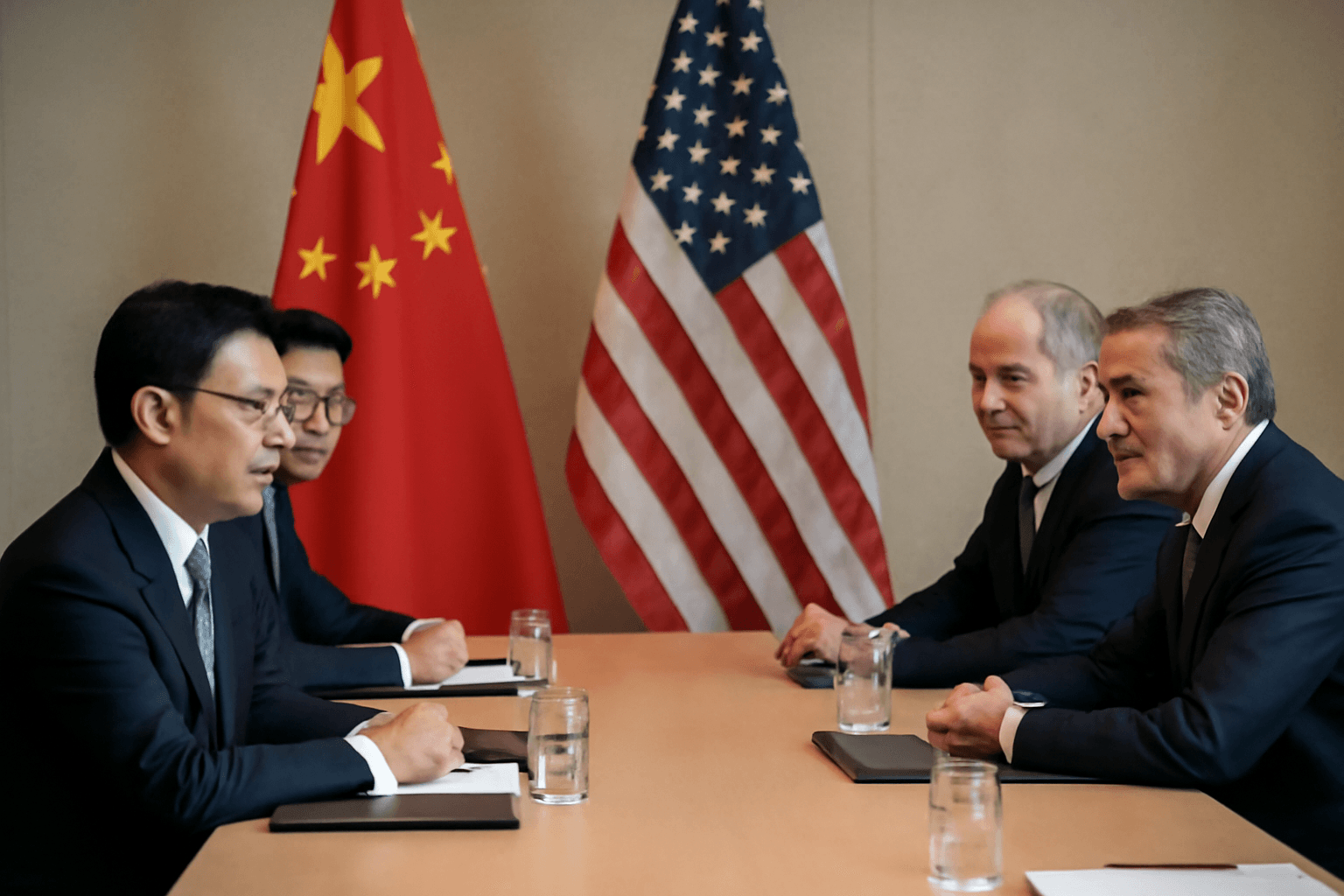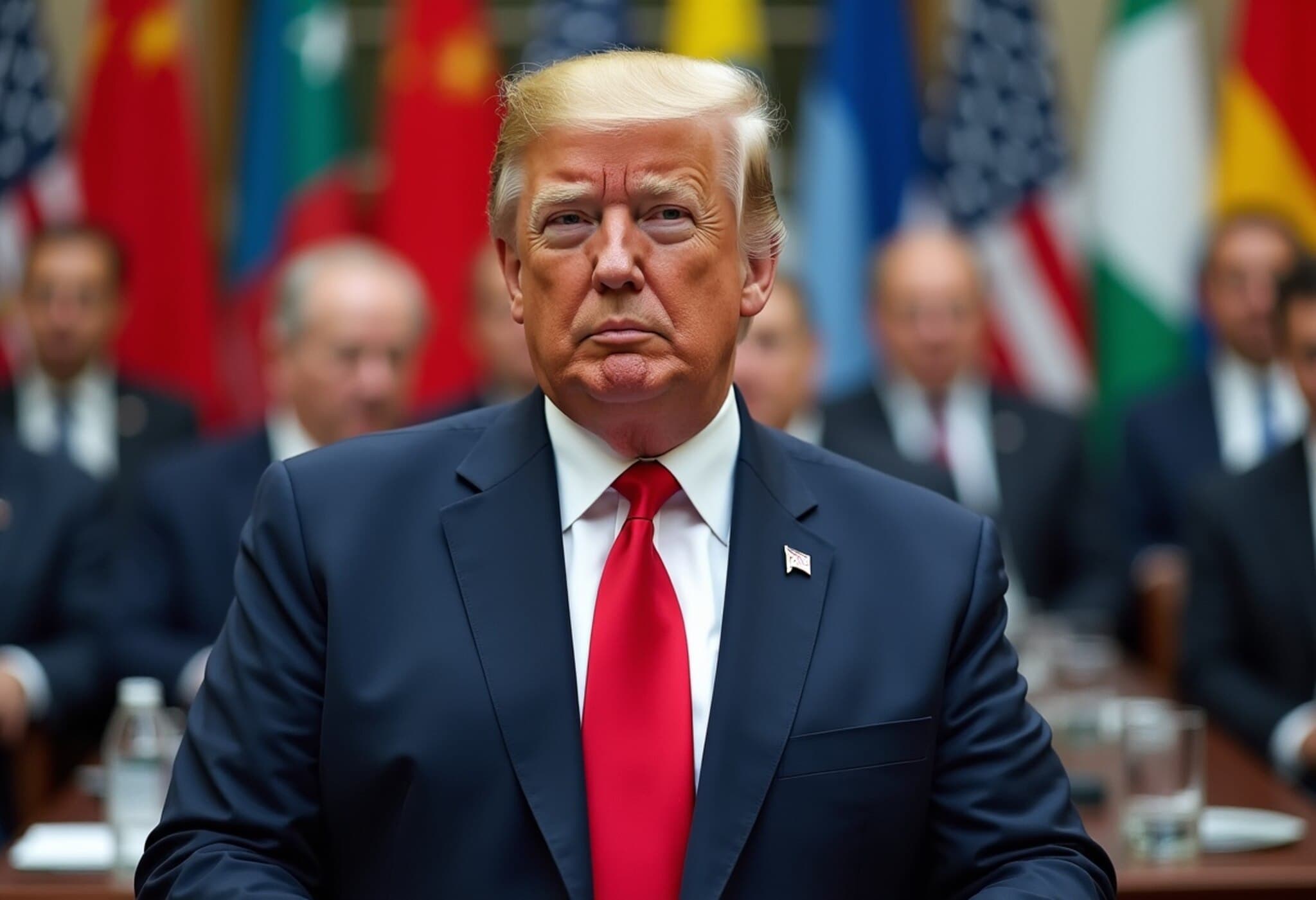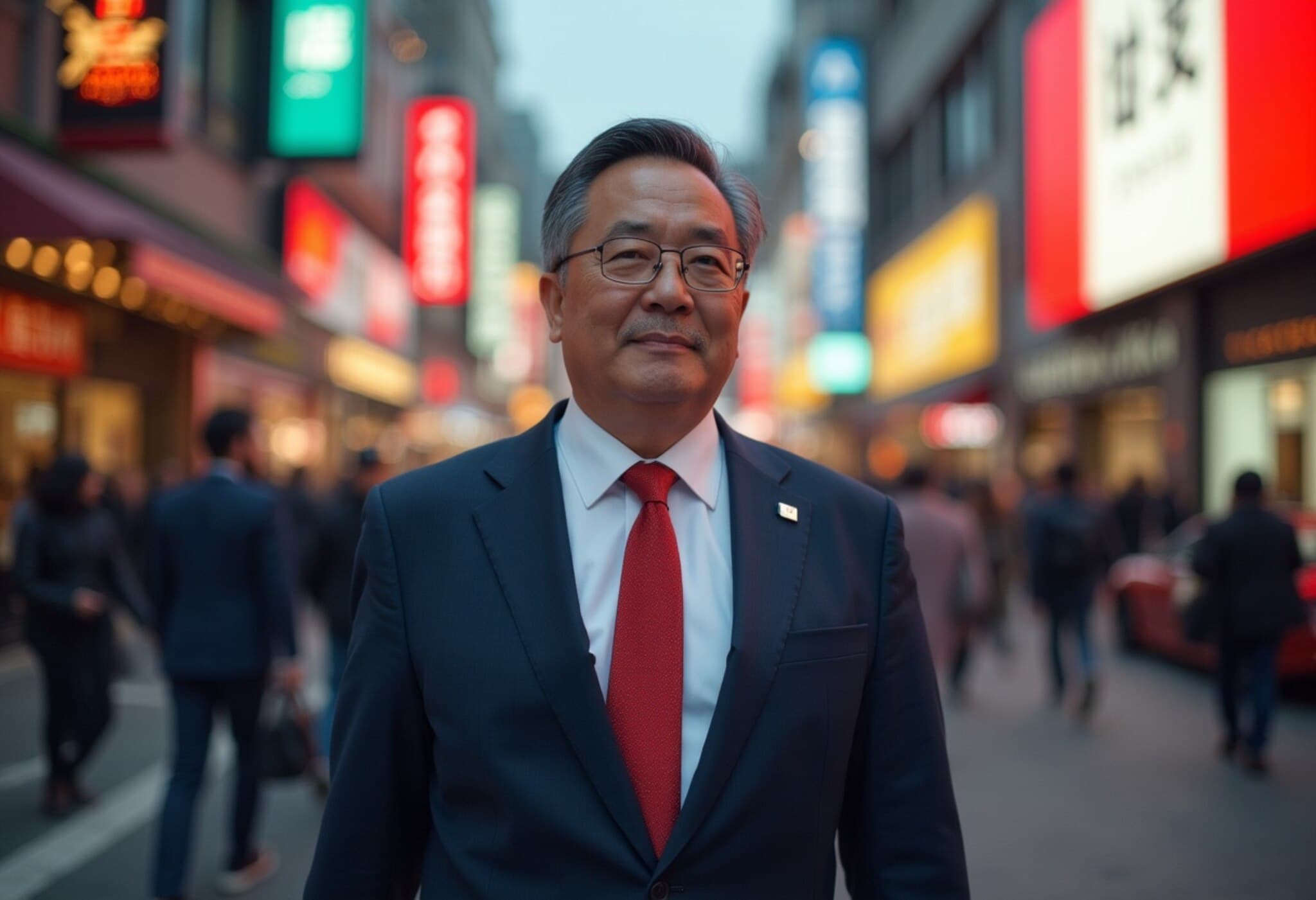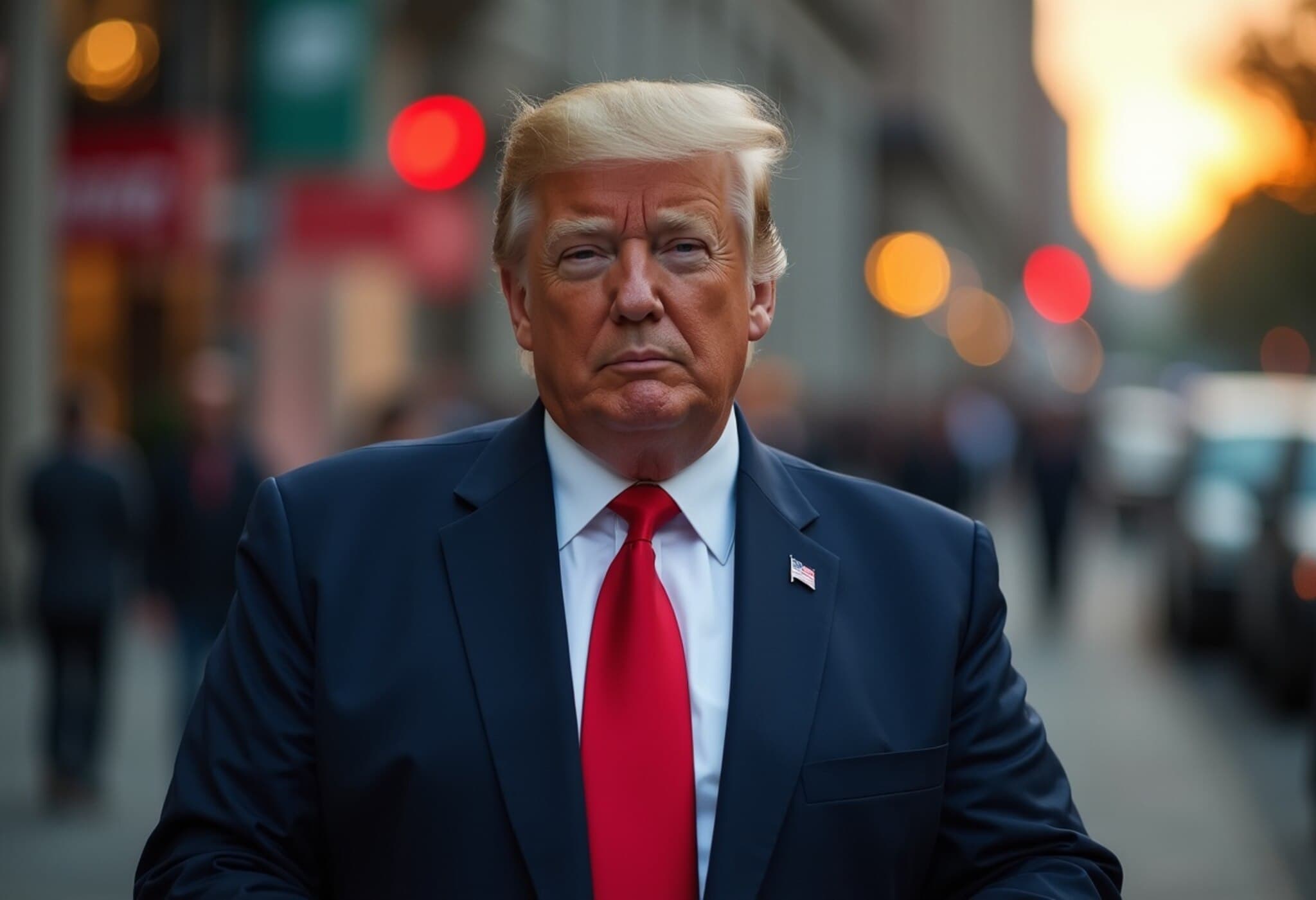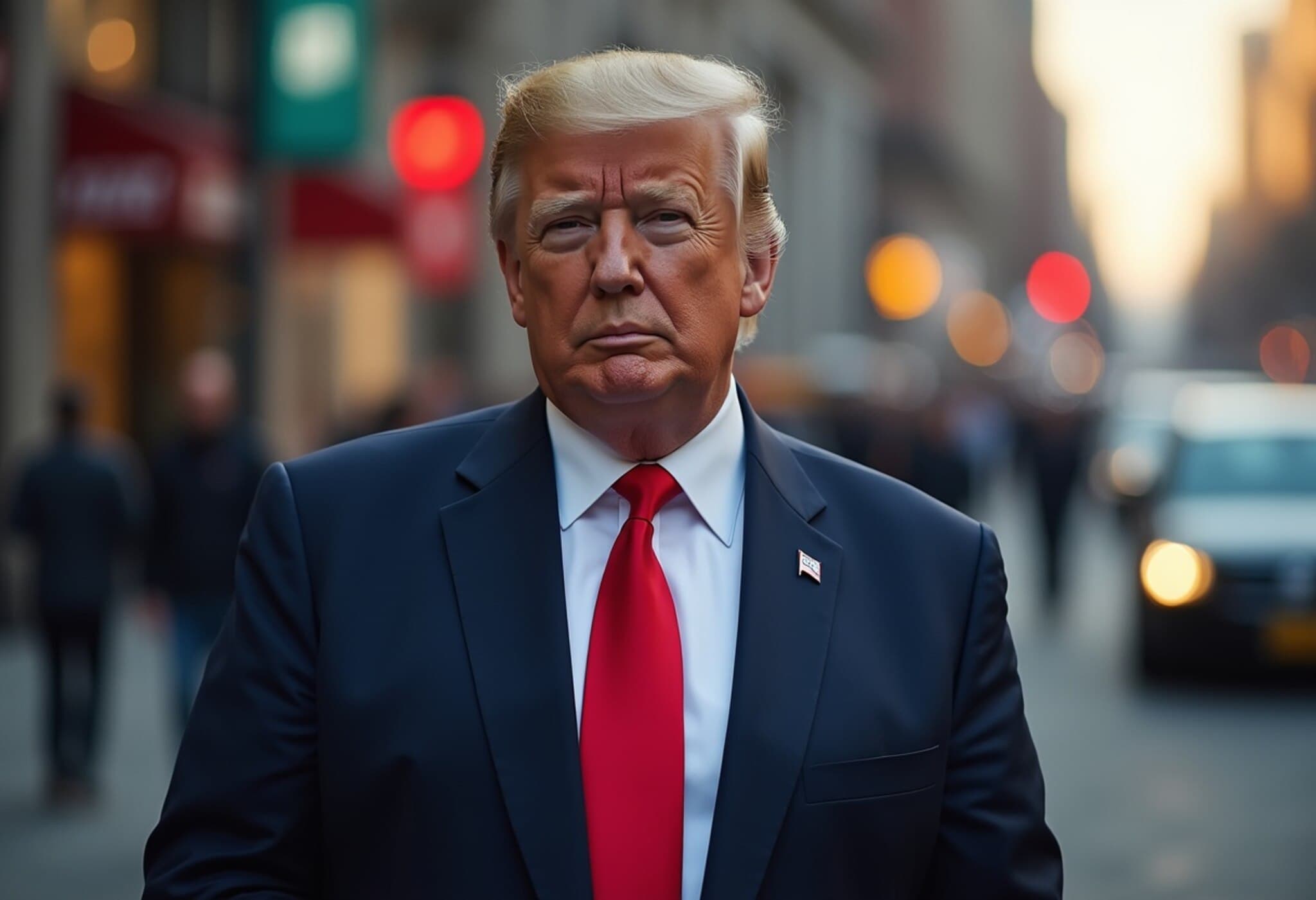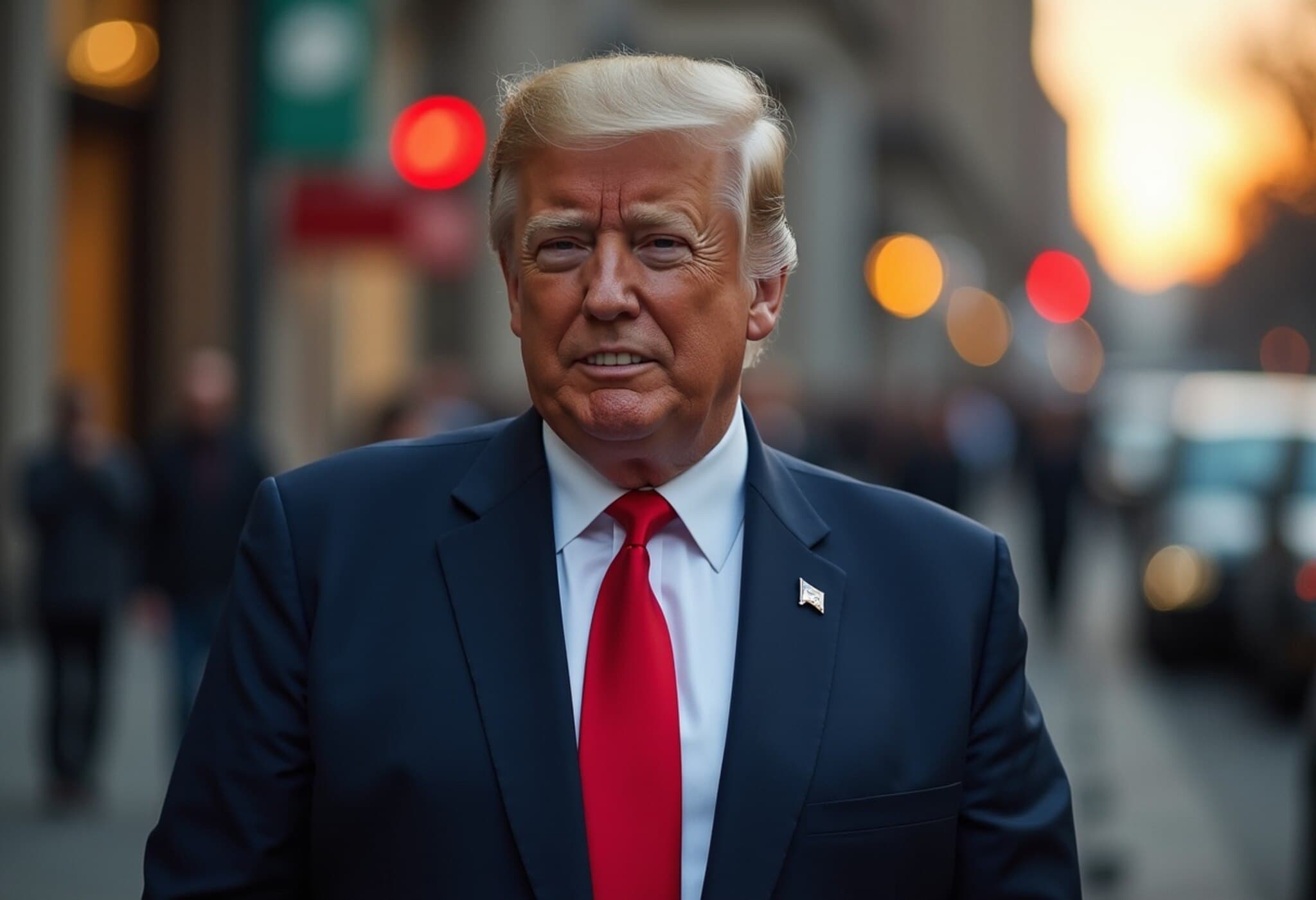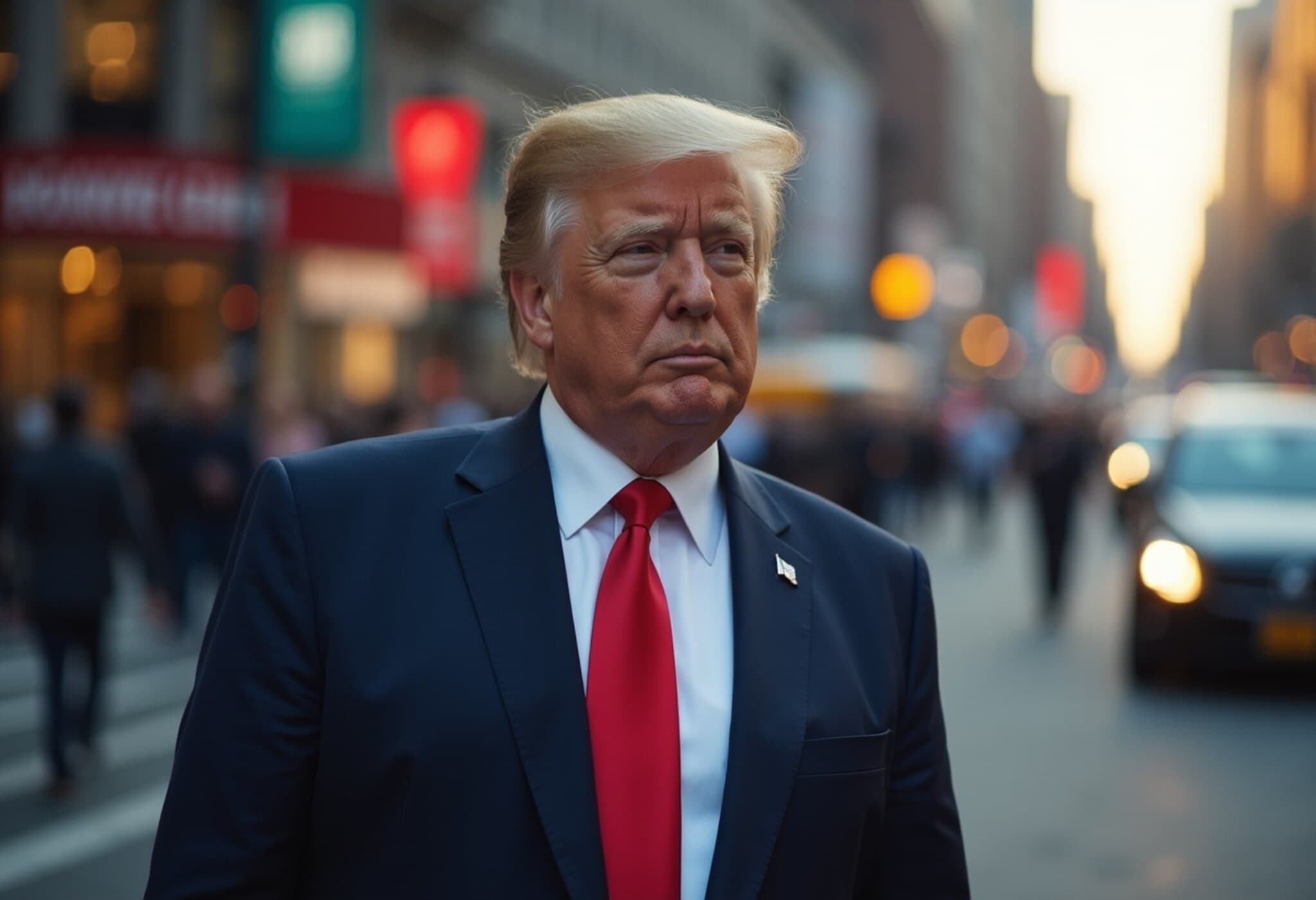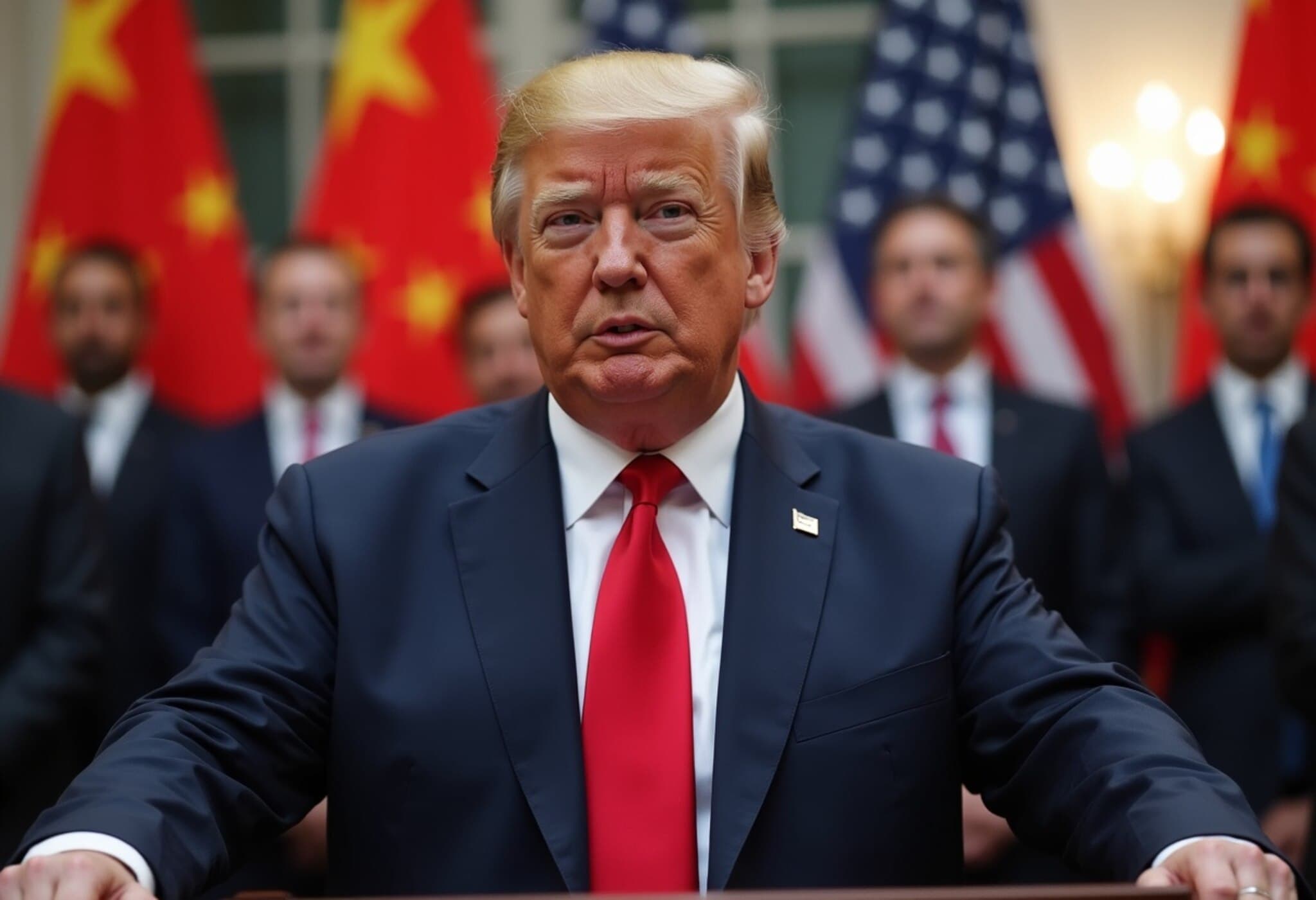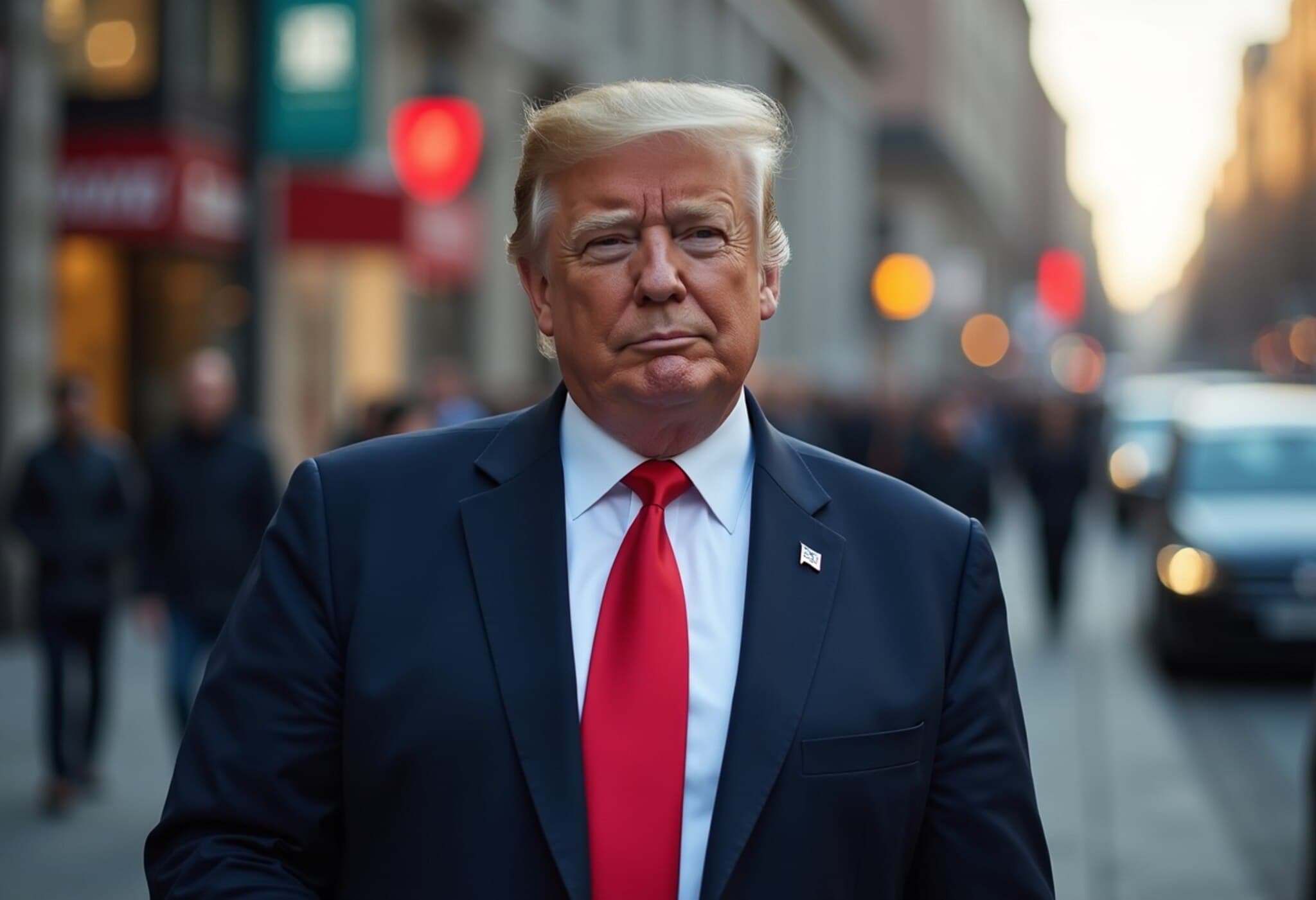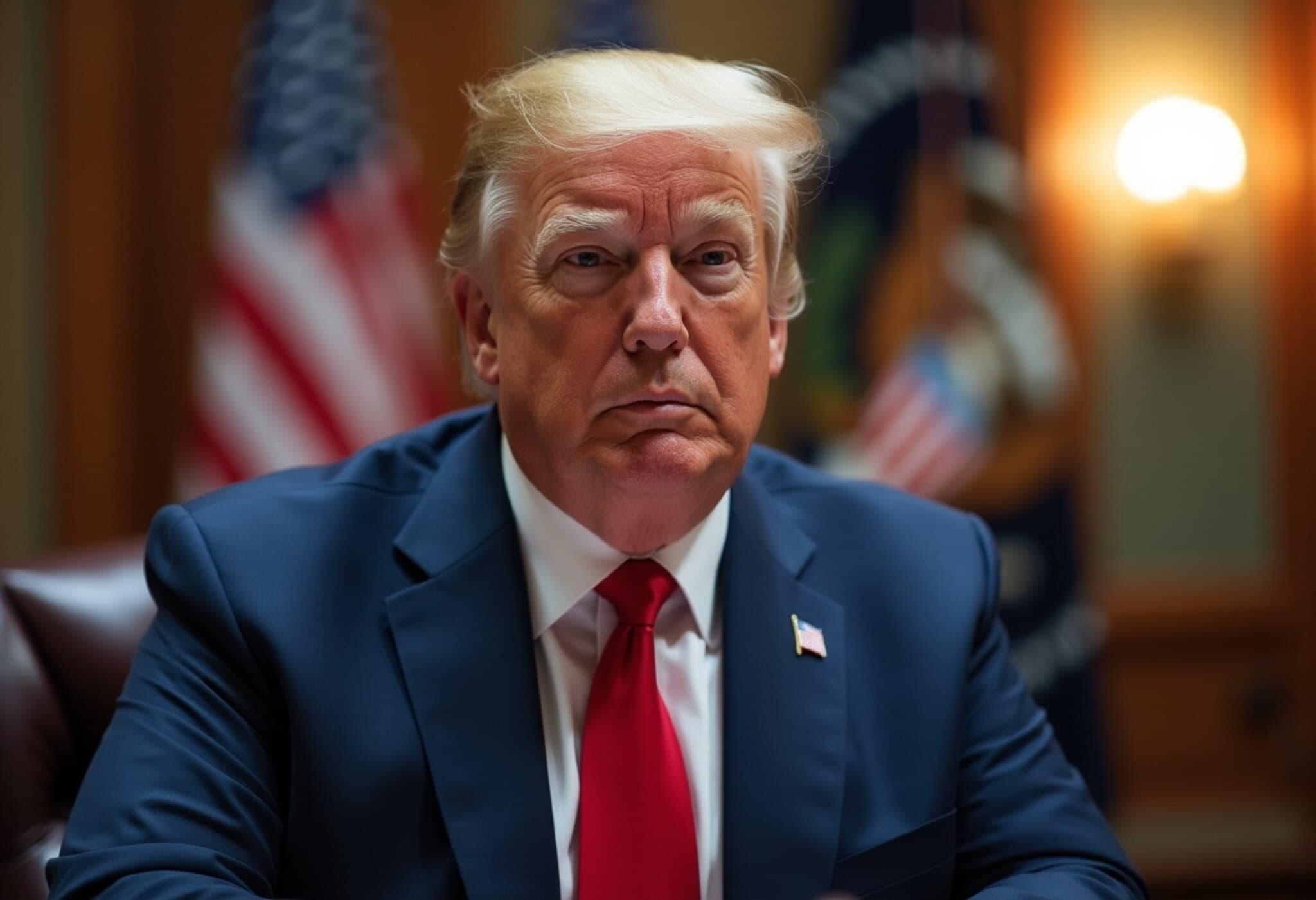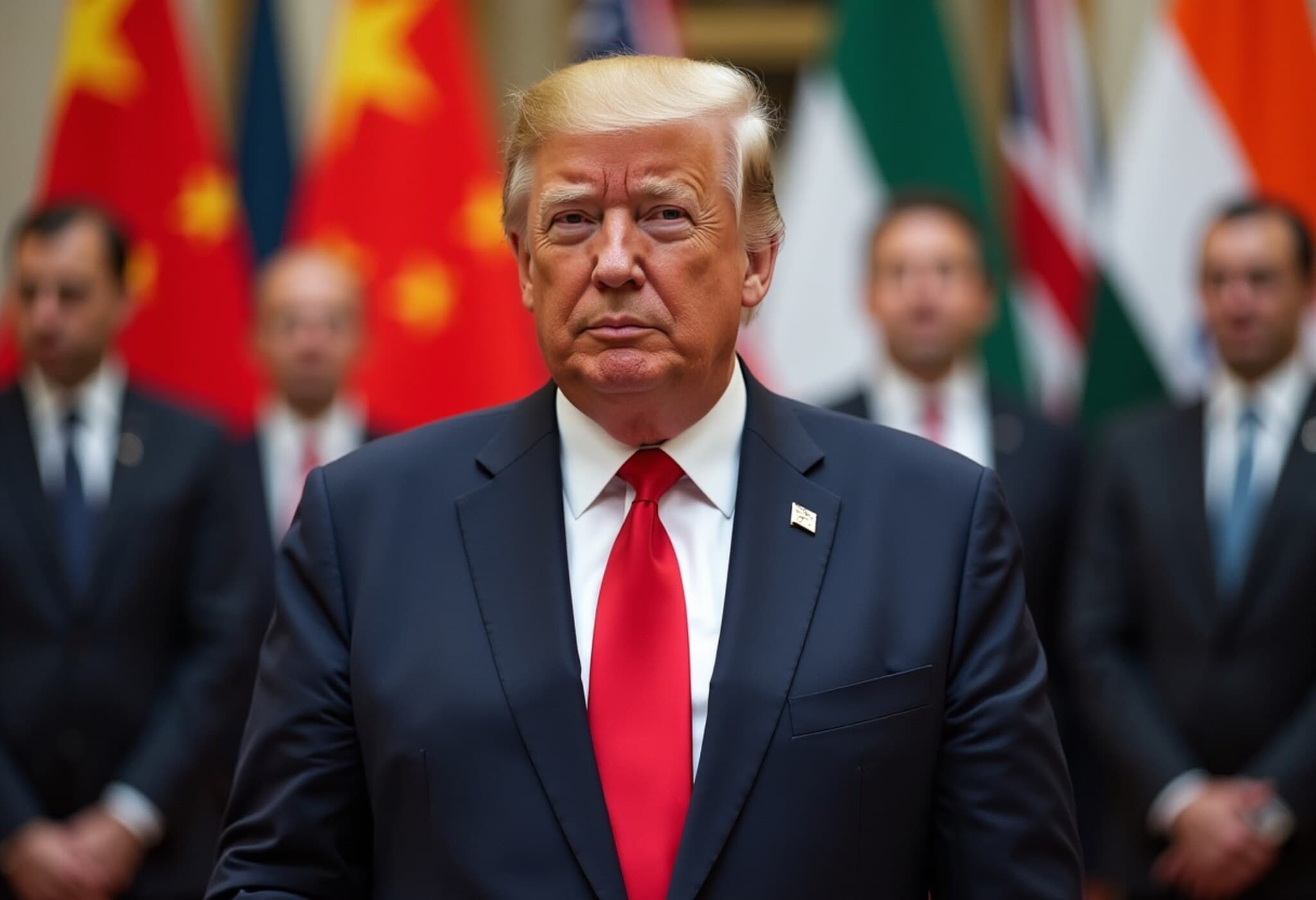India’s Retaliatory Tariffs: A Crucial Test for US-India Trade Relations
US President Donald Trump’s recent move to impose a 25% tariff on Indian imports has ignited a new flashpoint in the complex trade relationship between Washington and New Delhi. Citing India’s high tariffs and non-monetary trade barriers, Trump branded the Indian and Russian economies as "dead," while warning that the US has done "relatively little business" with India compared to its enormous trade potential. But this aggressive stance risks sending shockwaves through a bilateral trade partnership worth around $42 billion annually.
Where the US Stands: Key Exports at Risk
India imported nearly $42 billion worth of American goods in 2024, with a large share concentrated in sectors critical to India’s infrastructure and industrial ambitions. Should India respond with reciprocal tariffs, these US exports could face significant setbacks:
- Mineral fuels and petroleum ($12.9B): Including crude oil, liquefied natural gas (LNG), and petroleum coke. India relies heavily on these imports for its growing energy demands but may pivot to key suppliers like Russia, the Middle East, or Latin America if tariff pressures rise.
- Precious stones and metals ($5.3B): Vital inputs for India’s renowned jewelry industry. India’s robust global sourcing networks mean it could easily turn to alternative markets across Europe, Africa, and the Gulf.
- Machinery ($3.3B): Industrial and energy machinery from the US boosts many Indian sectors but could be substituted with equipment from China, Germany, Japan, or South Korea.
- Aircraft and spacecraft ($3.0B): Key to India's burgeoning aviation and defense sectors. European manufacturers have already been courting New Delhi, and tariffs might accelerate this shift.
- Electronics ($2.2B): India’s vibrant electronics market is flexible, with strong alternatives available from China and Southeast Asia.
- Medical equipment ($2.0B): High-end diagnostic tools and healthcare technology, an area where pricing pressures could encourage India to explore European or South Korean suppliers.
- Plastics ($1.4B): Widely used in various manufacturing and packaging sectors, plastics imports are vulnerable but not indispensable.
- Edible fruits and nuts ($1.2B): Almonds and pistachios are popular US exports to India; however, tariff-induced price hikes could dampen demand.
- Organic chemicals ($1.1B): Crucial for pharmaceuticals and agriculture, with possible alternatives in ASEAN nations or the European Union.
- Iron and steel ($860M): Essential for infrastructure but already subject to competition from cheaper global producers.
Understanding the Stakes: Why This Tariff Dispute Matters
India stands today as the world’s fourth-largest economy and a strategic partner in multiple geopolitical and economic forums. Its ambitious manufacturing initiatives and growing consumer base make it an attractive market for US exporters. Trump's tariff imposition appears to be a bid to leverage trade negotiations, but the risks are considerable.
If India opts for tit-for-tat retaliation, US exporters could lose significant ground to third-country competitors already eager to deepen their ties with India. In energy, aviation, and high-tech sectors, where US companies have carved out influential positions, a hostile trade environment could stall growth or even cause a contraction.
Moreover, this developing clash underscores a broader global trend towards protectionism, challenging the post-World War II trade architecture that US policy has long championed. For policymakers and business leaders alike, the key question is whether short-term tariff leverage is worth the long-term erosion of trust and partnership with one of the fastest-growing major economies.
Expert Insight: What Lies Ahead for US-India Trade?
Trade analysts argue that while tariffs are a blunt instrument, they often backfire when deployed against emerging markets with diversified trade relationships. India's ability to source critical goods from a spectrum of suppliers reduces its vulnerability, potentially undermining US bargaining power. Furthermore, tariffs can threaten the future cooperative framework on technology, climate change, and defense, areas where US-India collaboration has been increasing.
On the other hand, some experts suggest this confrontation might prompt India to enact deeper economic reforms and reduce its own trade barriers, creating a more balanced playing field. However, this outcome depends heavily on diplomatic dialogue and willingness to compromise on both sides.
Conclusion
Donald Trump’s tariff strategy could well be a double-edged sword. While aiming to correct perceived trade imbalances, imposing high tariffs risks alienating a rapidly maturing economic partner. India’s potential retaliatory tariffs threaten to hit critical US exports, especially in energy, aviation, and machinery sectors.
As global economic tensions simmer, this episode lays bare the delicate balancing act between assertive trade policies and sustaining vital international partnerships. The next moves by New Delhi and Washington will be closely watched, with implications not just for their bilateral trade but for wider US trade policy ambitions in Asia and beyond.
Editor’s Note
This tariff dispute highlights a critical crossroads in US-India economic relations. Readers should consider how protectionist policies might influence multinational supply chains and the geopolitical landscape. Will the US risk ceding ground to competitors like China and the EU by pursuing hardline tariffs? And how might India balance national interests with its ambitions to remain an open global market? These questions remain vital as the trade confrontation unfolds.

